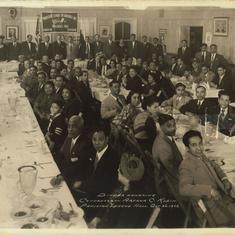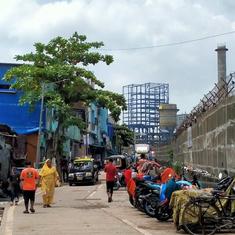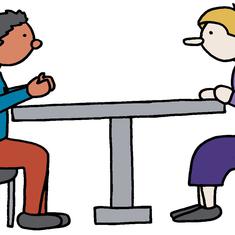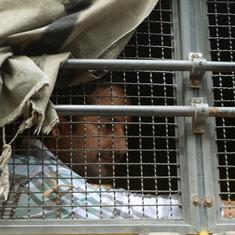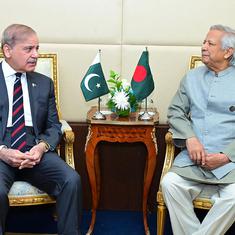The dholak, a cylindrical twin-headed drum, has a ubiquitous presence throughout northern India. It forms an inseparable part of many forms of folk music ensembles and is also used in informal musical get-togethers at family gatherings. In fact, contrary to the popular belief that Indian women generally do not play percussion instruments, the dholak has been played by female artists even in the distant past.
The physical structure of the dholak is quite rudimentary, with thick ropes that strap both membranes to the cylindrical body (to clarify for the gau rakshaks among us, the membranes are made of goat hide). Both skin-tops do not have any syahi (black circular portion made of powdered metal ore) that is normally seen on some Indian drums, but the bass side has a paste of oil sediment that is applied on the inside. This special treatment for the bass allows the dholak player to rub the wrist on the skin-top immediately after striking it so as to bend the pitch.
The instrument is tuned by moving the metal rings around the straps.
While the dholak is not used in Hindustani music performances, there are occasions when practitioners of some forms that fall within the purview of Hindustani music choose to use the instrument to lend a special flavour to the music. In particular, repertoire that is adapted from the folk tradition often requires a dholak to provide the right musical ambience.
Even so, it is seldom that we find recordings of Hindustani music with dholak accompaniment. In the absence of the latter, the tabla player is required to simulate rhythmic patterns that are commonly played on the dholak.
But here are two dadras recordings that include the instrument. The tracks are recorded by renowned thumri exponent Rasoolan Bai. The dadra is closely related to the thumri form, but it often has more verses through which a longer narrative is created. Firmly bound to the rhythmic canvas, the dadra allows for limited melodic elaboration. But a consummate artiste rides on this canvas to introduce short variations and elaborations only to return to the rhythmic cycle.
For those who believe that it is essential for the singer to change vocal projection to emote effectively in thumri-dadra compositions, Rasoolan Bai’s renditions question such pre-conceived notions. Her voice is not coy, nor does she croon or purr. Her voice is not smooth and silken. In fact, it is grainy, but not for a moment does it lack sensuality and intensity.
The first composition is based on raag Pilu and is set to Kaherva, a cycle of eight matras. The melodic accompaniment is provided by the sarangi and the harmonium. The dholak and the manjira, a pair of cymbals, provide the rhythmic accompaniment.
The second dadra is set to the six-matra Dadra, which changes to Kaherva after each verse. The accompanying ensemble follows the dholak player, who adroitly shifts from Dadra to Kaherva and then returns to original cycle.
The two tracks, evidently borrowed from the folk tradition, bring to the fore the fact that musicians across genres have exchanged ideas to enrich their musical universe. Likewise, instruments that have a permanent place in one tradition are often used in another. Clearly, there is much to learn about the plural culture from our musical traditions, if indeed we take time out from looking into each other’s kitchens.



